Emma Beddington, a writer for The Guardian, had a challenge: Try to live one month without any single-use plastics and record her progress each day. Her experience was more difficult than she could have imagined.
Sure, you could use reusable bags to carry groceries and buy fresh produce instead of packaged veggies, but virtually everything else in the store had some form of plastic packaging, whether it was a bag of chips, sliced bread, a jug of milk, and packed cuts of meat (luckily for the last one, she’s a vegan).
While she was able to achieve her shopping by inconveniently buying reusable paper or cloth bags, wrapping, etc. then shopping from specialty shops and bakeries that don’t use plastic containers or bags, she still fell short after nearly two weeks of mindfully running around and finding places and items that were plastic-free . While she was shopping for supplies for a night of cocktails, she blanked out and accidentally bought ice in a plastic bag.
But who could blame her? Throughout the globe, single-use plastic is a part of nearly every consumer product or the packaging. Even if you take away the food in the average grocery store, there are several products that use non-reusable plastic packaging or containers such as laundry detergent, toothpaste, dish soap, shampoo, and more. Even paper products such as toilet paper and paper towels are sealed in plastic wrap. Even if you do find a place in which you can purchase items with a reusable bottle, container, or bag, it’s often a specialty store for specific items and you’d have to find other shops in your area or online that can refill your supplies with the containers you provide. It’s nearly impossible to escape single-use plastics in the modern world.
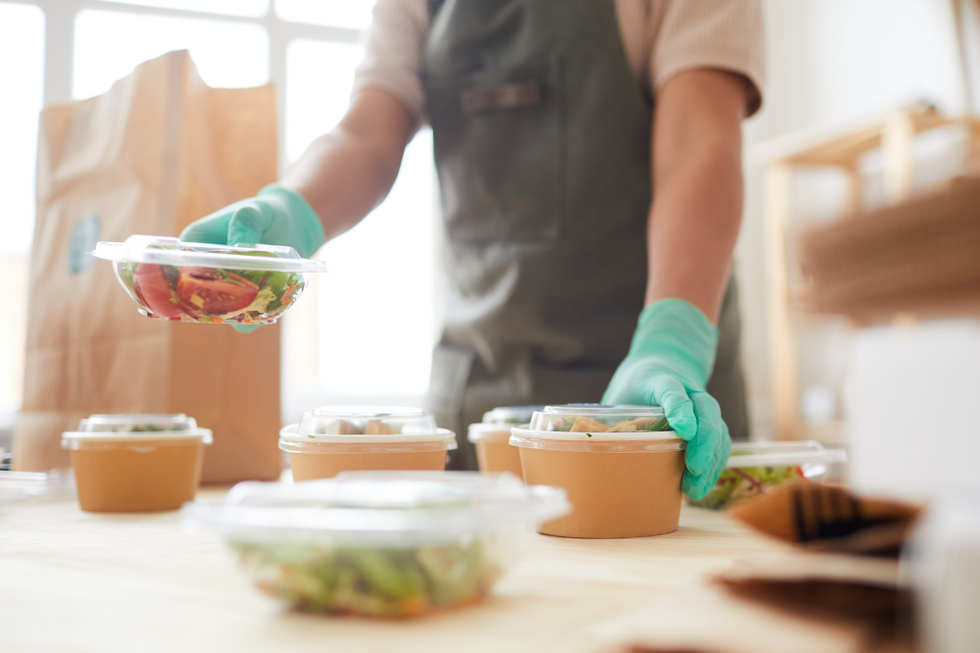
It’s an ever-growing problem, too. According to the Smithsonian, 85% of U.S. plastic waste in 2021 went to landfills instead of being incinerated or recycled. Even recycling the very few types of single-use plastics that are able to be recycled don’t do much. Those plastics are typically repurposed for other single-use plastic items like soda bottles that eventually end up in landfills anyway.
It’s not just harmful to Earth’s health, but our health, too. Discarded plastic bottles and food containers found in our oceans and lakes eventually turn into microplastics that can be found in the fish we consume and in our tap water. These microplastics have been linked to increases in risk of heart disease, liver disease, and other health problems. A 2024 report by CNN showed that the human brain samples from cadavers contained a spoonful of microplastics in each one.
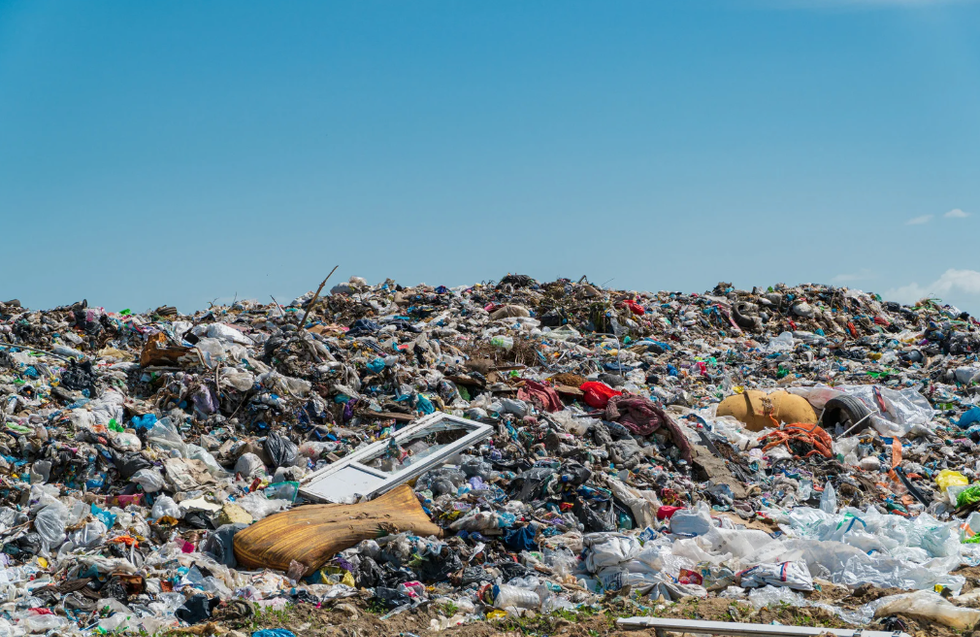
So what can a person do about all of this? Well, there are small ways you can individually help by refilling and using metal water bottles, coffee tumblers, cloth grocery bags, and containers while also buying products and supporting businesses that use green alternatives to single-use plastics whether they come from farmer’s markets or online. In terms of the bigger picture aside from voting with your wallet, you can start or contribute to letter campaigns to companies saying that you would buy their products more often if they provided alternative ways to purchase or collect them without single-use plastics or disposables. If you feel moved, talk to your local, state, and federal representatives about this issue and with enough people they could introduce a bill to help bring more attention, awareness, and action towards this global problem.
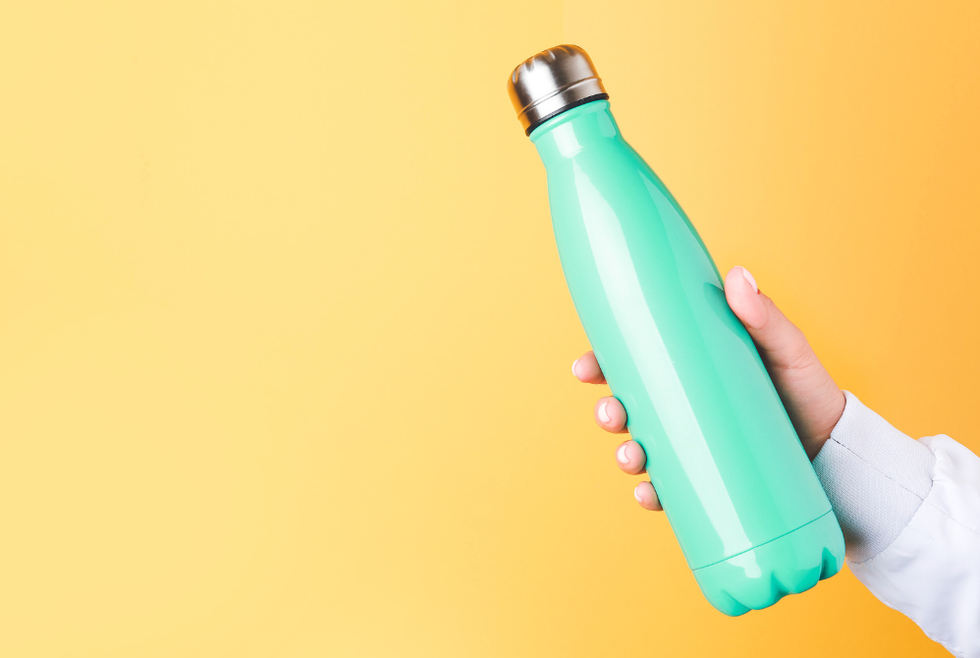
It may not seem like much at first, but big change usually starts with small, determined, and inconvenient actions.
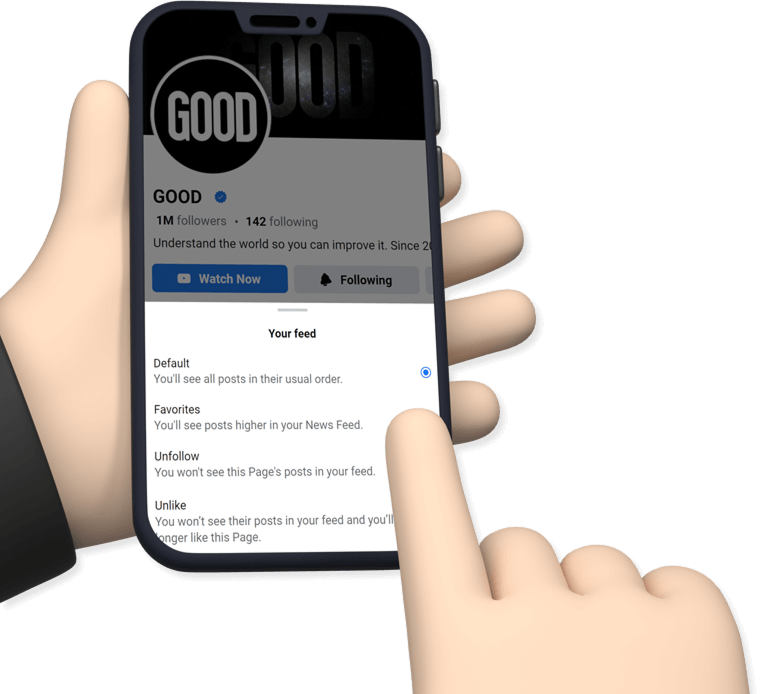





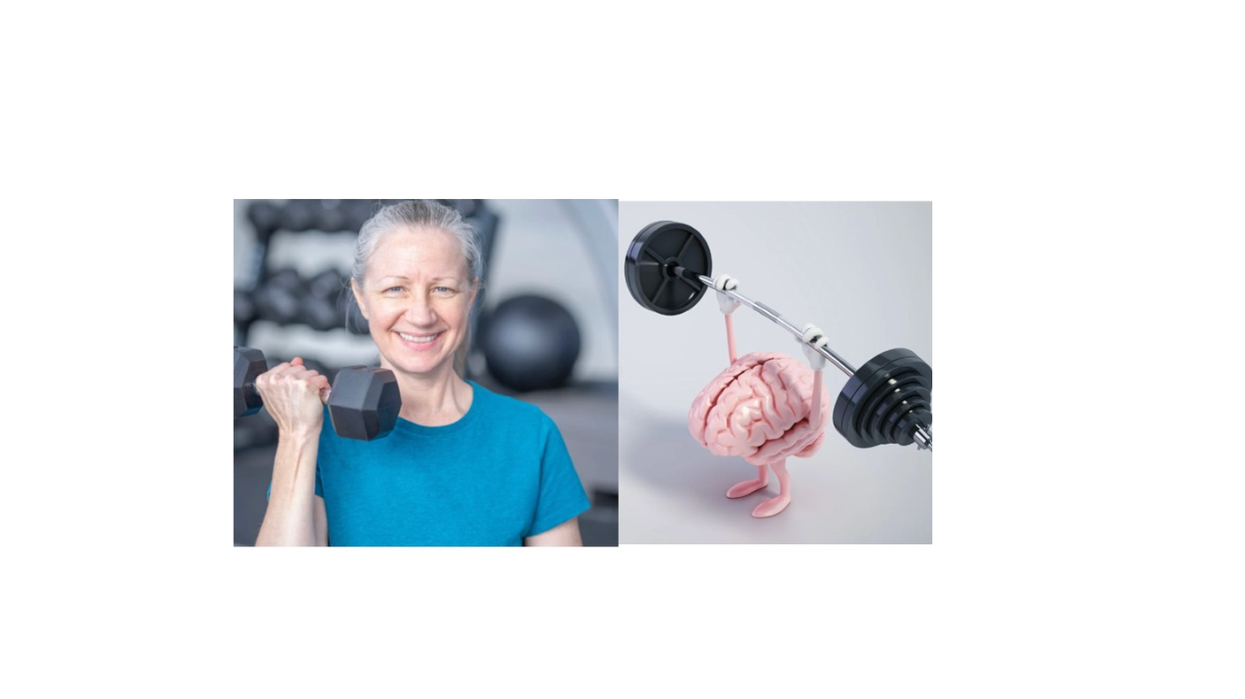
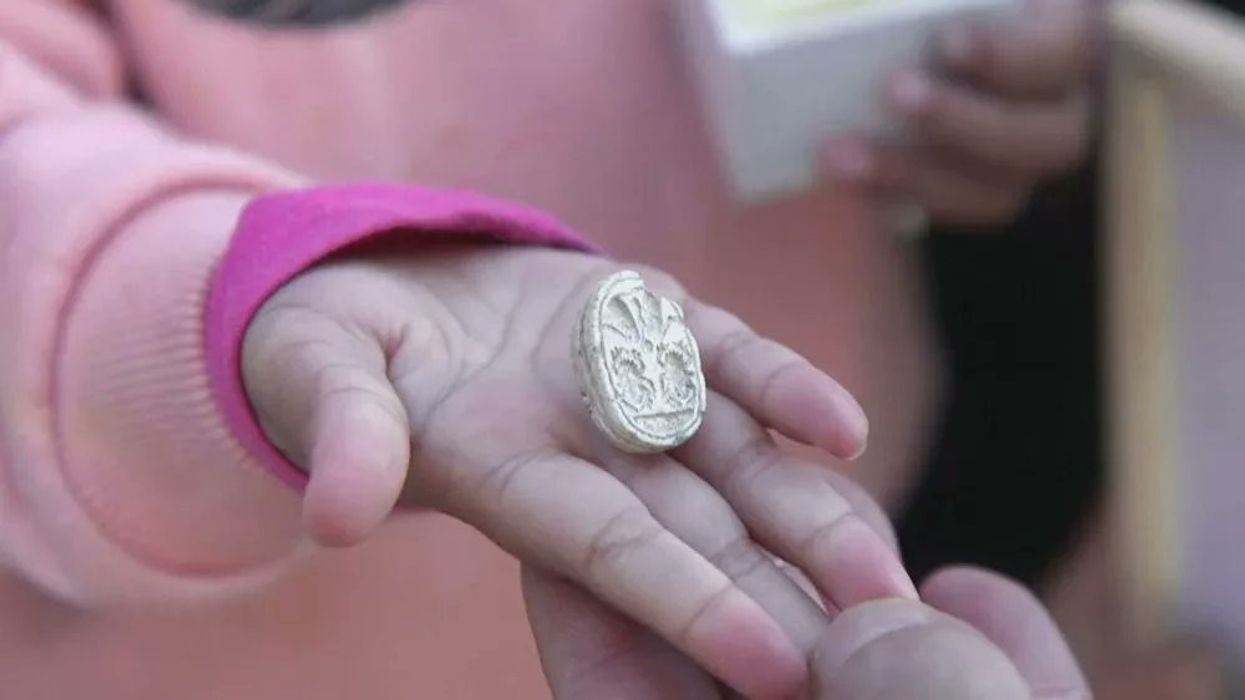

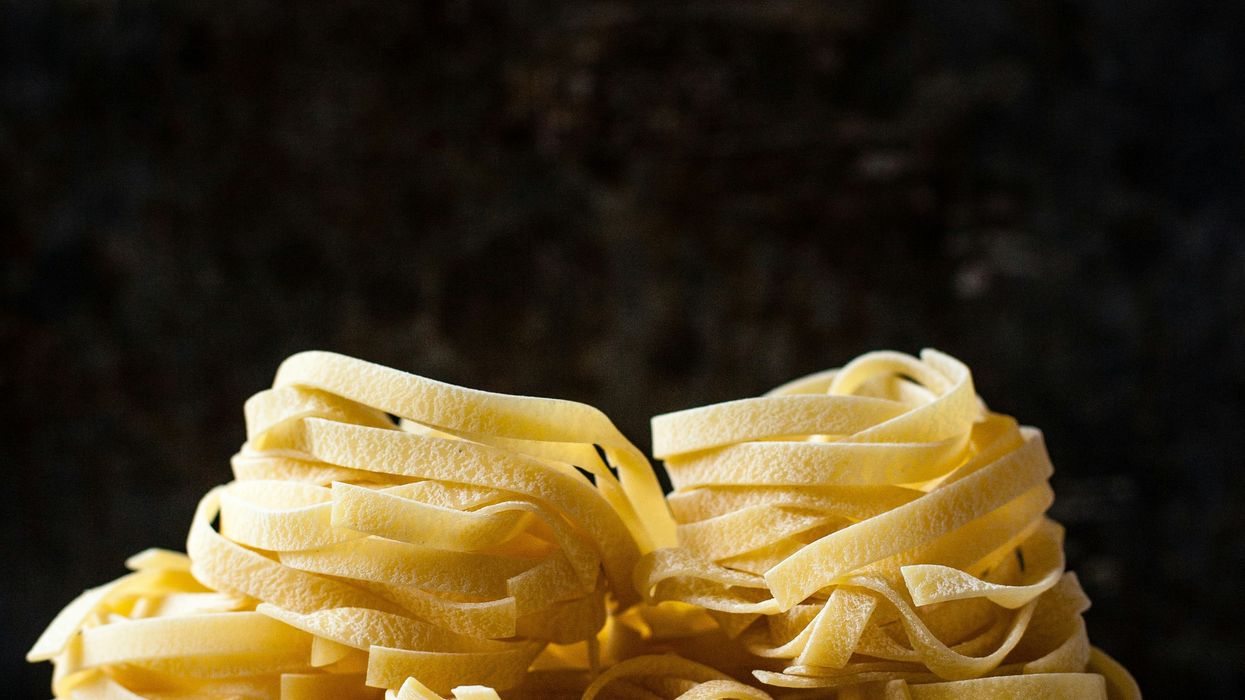

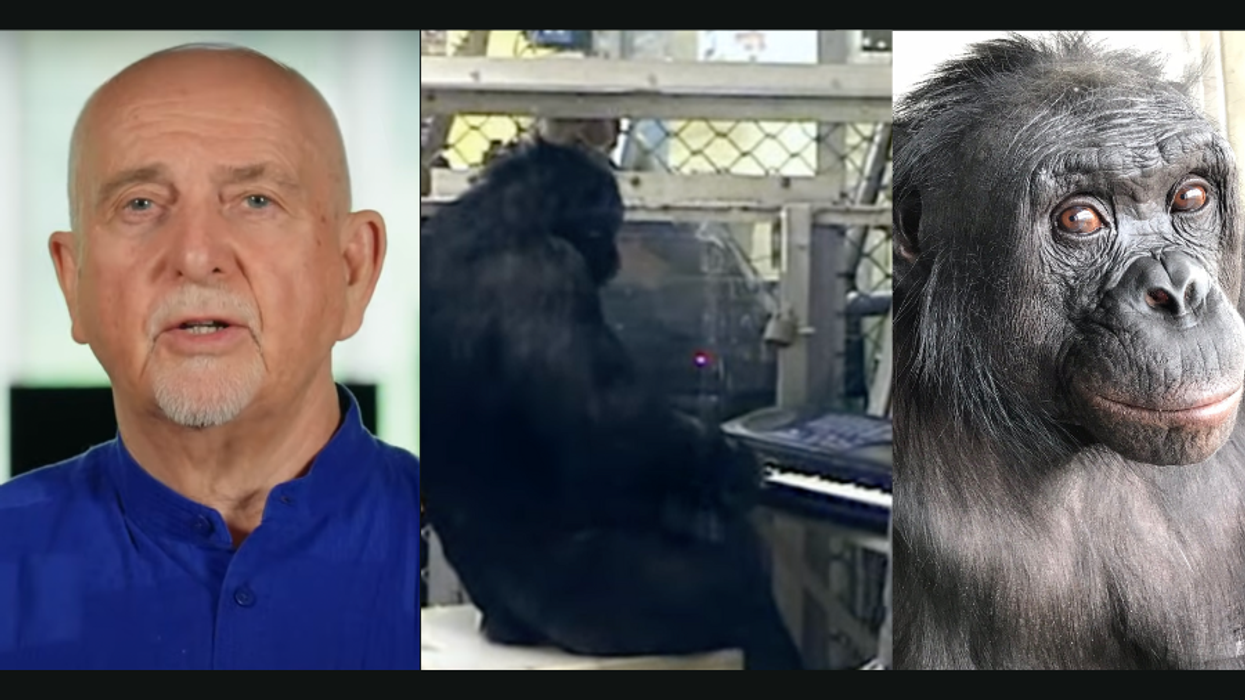
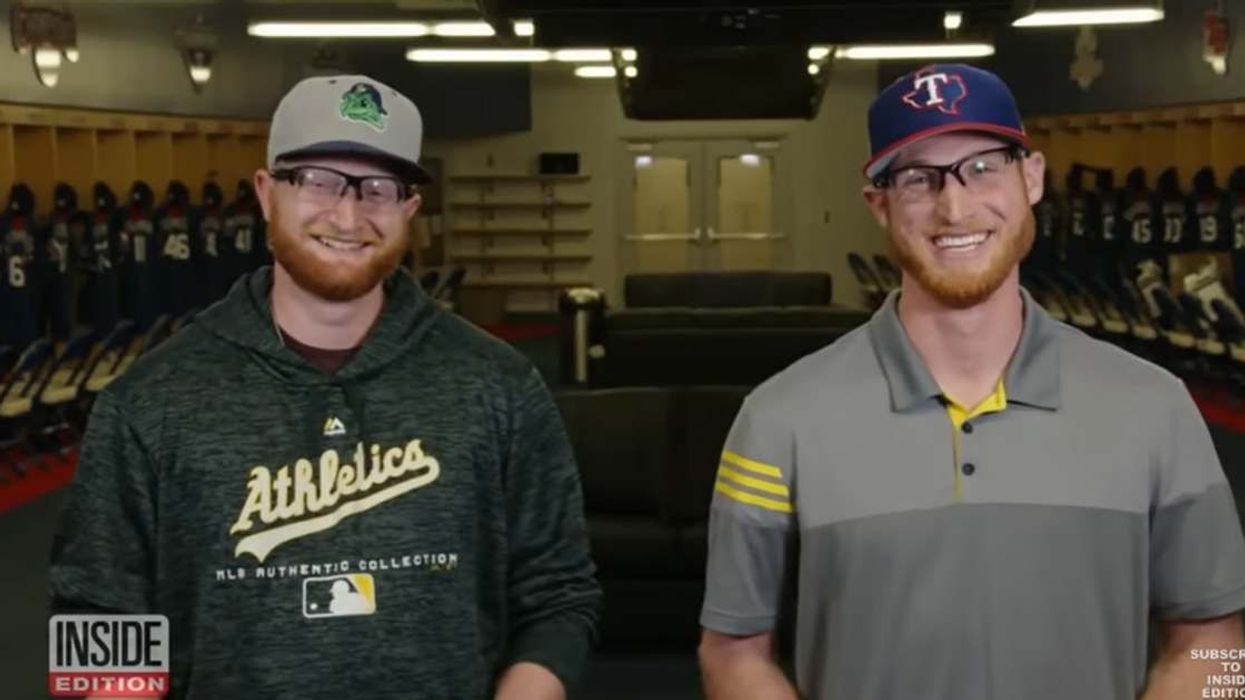

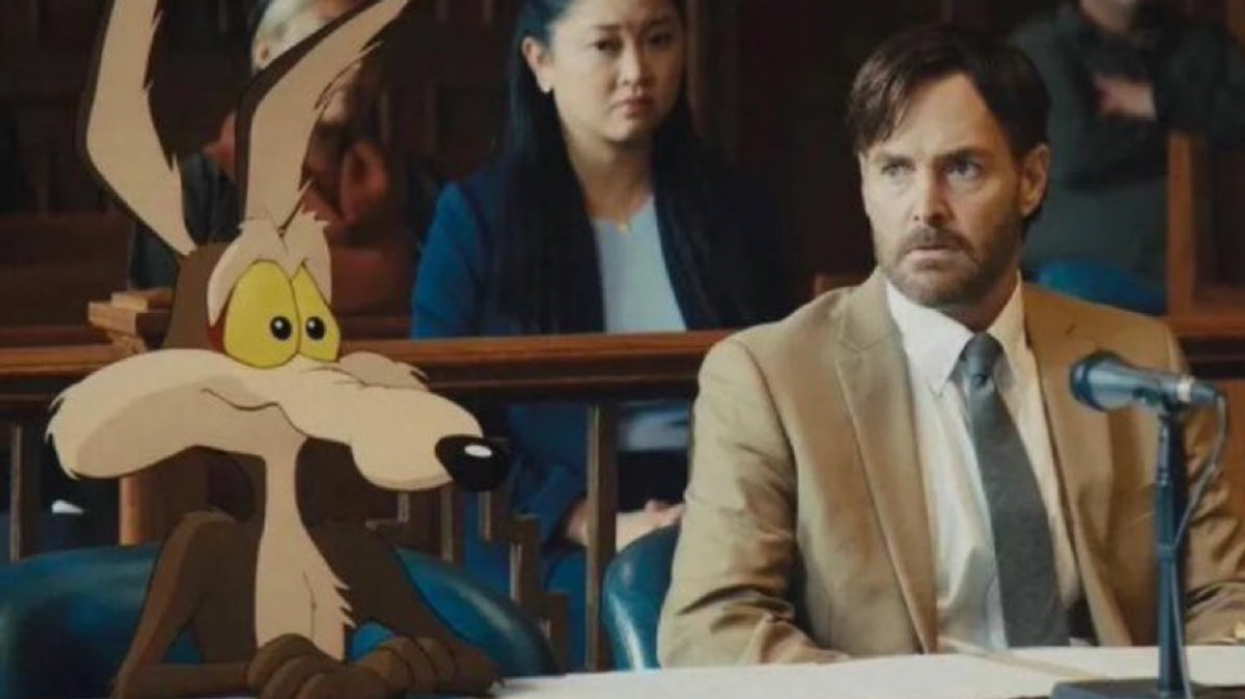



 Representative Image Source: Pexels | Anni Roenkae
Representative Image Source: Pexels | Anni Roenkae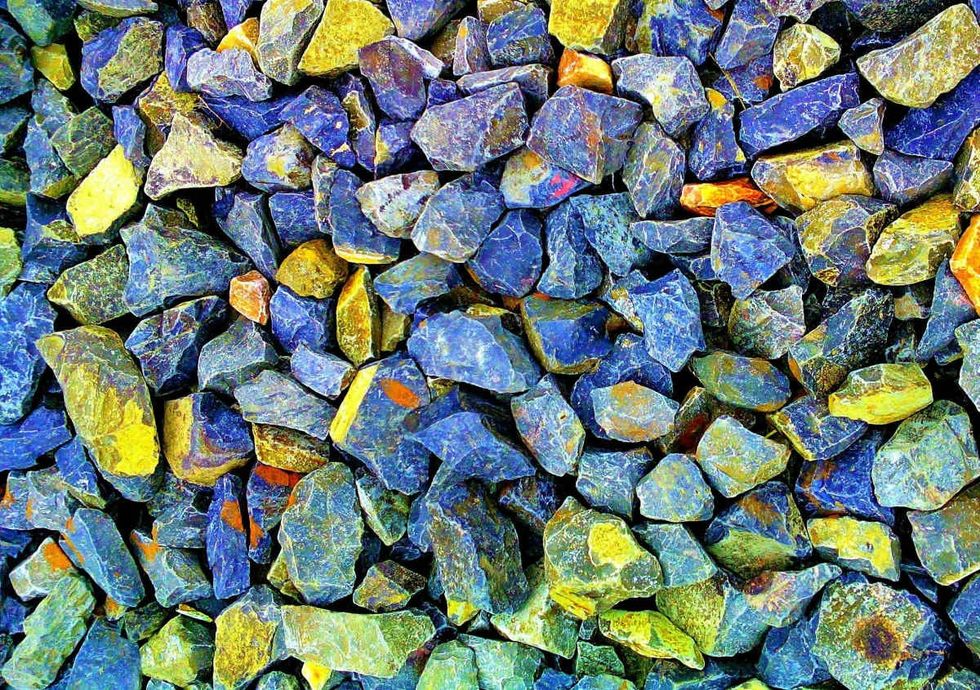 Representative Image Source: Pexels | Its MSVR
Representative Image Source: Pexels | Its MSVR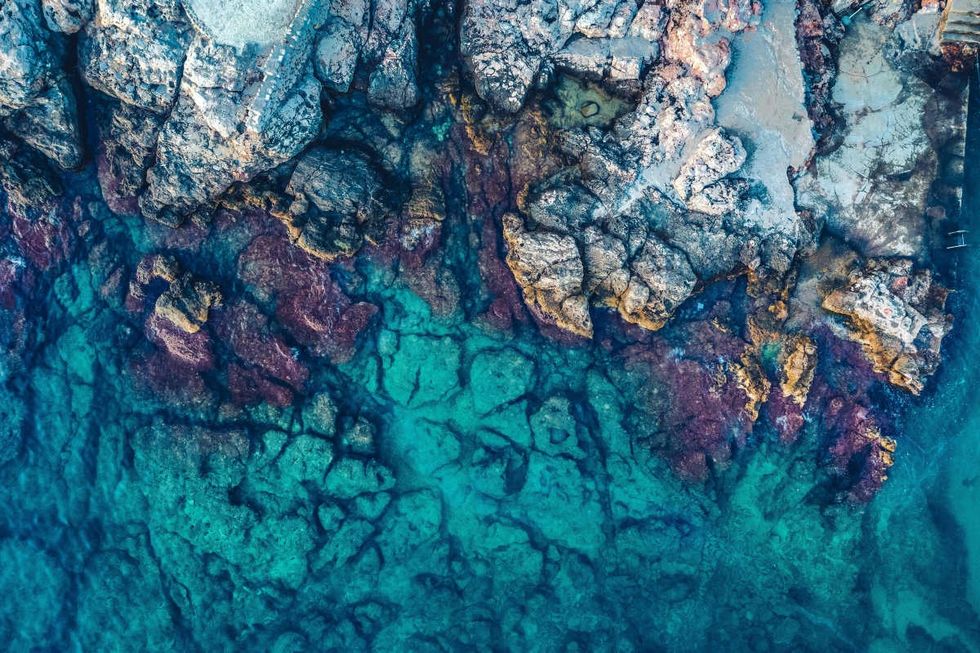 Representative Image Source: Pexels | Lucian Photography
Representative Image Source: Pexels | Lucian Photography

 Representative Image Source: Pexels | francesco ungaro
Representative Image Source: Pexels | francesco ungaro Representative Image Source: Pexels | parfait fongang
Representative Image Source: Pexels | parfait fongang Image Source: YouTube |
Image Source: YouTube |  Image Source: YouTube |
Image Source: YouTube |  Image Source: YouTube |
Image Source: YouTube | 
 Representative Image Source: Pexels | Hugo Sykes
Representative Image Source: Pexels | Hugo Sykes Representative Image Source: Sectional view of the Earth, showing central fire and underground canals linked to oceans, 1665. From Mundus Subterraneous by Athanasius Kircher. (Photo by Oxford Science Archive/Print Collector/Getty Images)
Representative Image Source: Sectional view of the Earth, showing central fire and underground canals linked to oceans, 1665. From Mundus Subterraneous by Athanasius Kircher. (Photo by Oxford Science Archive/Print Collector/Getty Images)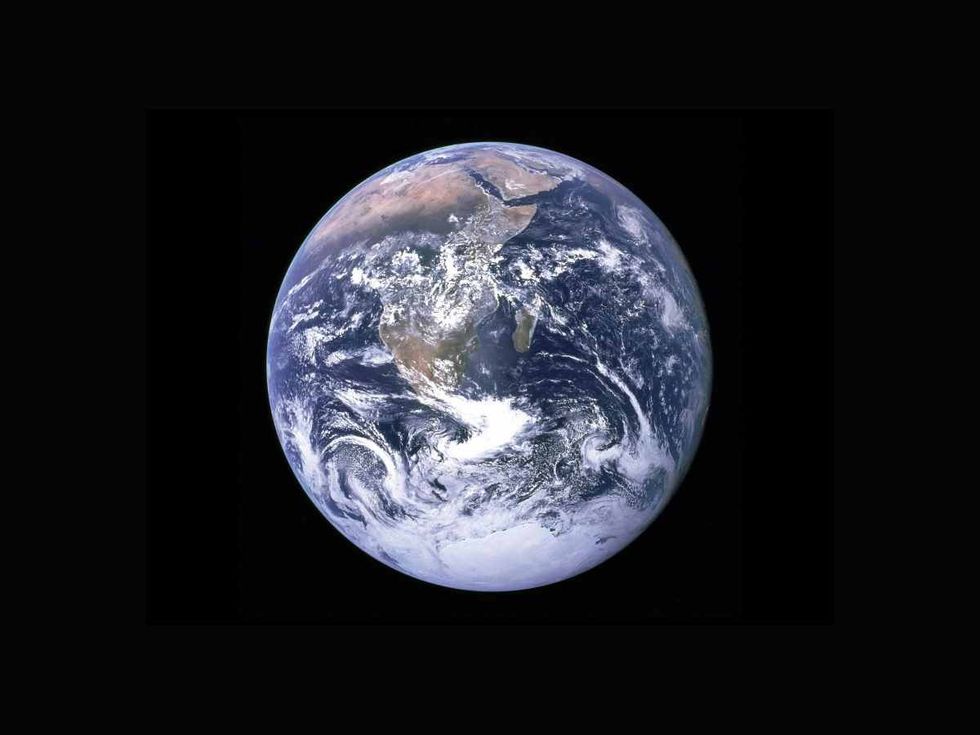 Representative Image Source: Pexels | NASA
Representative Image Source: Pexels | NASA
 Representative Image Source: Pexels | Steve Johnson
Representative Image Source: Pexels | Steve Johnson Representative Image Source: Pexels | RDNE Stock Project
Representative Image Source: Pexels | RDNE Stock Project Representative Image Source: Pexels | Mali Maeder
Representative Image Source: Pexels | Mali Maeder
 Photo: Craig Mack
Photo: Craig Mack Photo: Craig Mack
Photo: Craig Mack
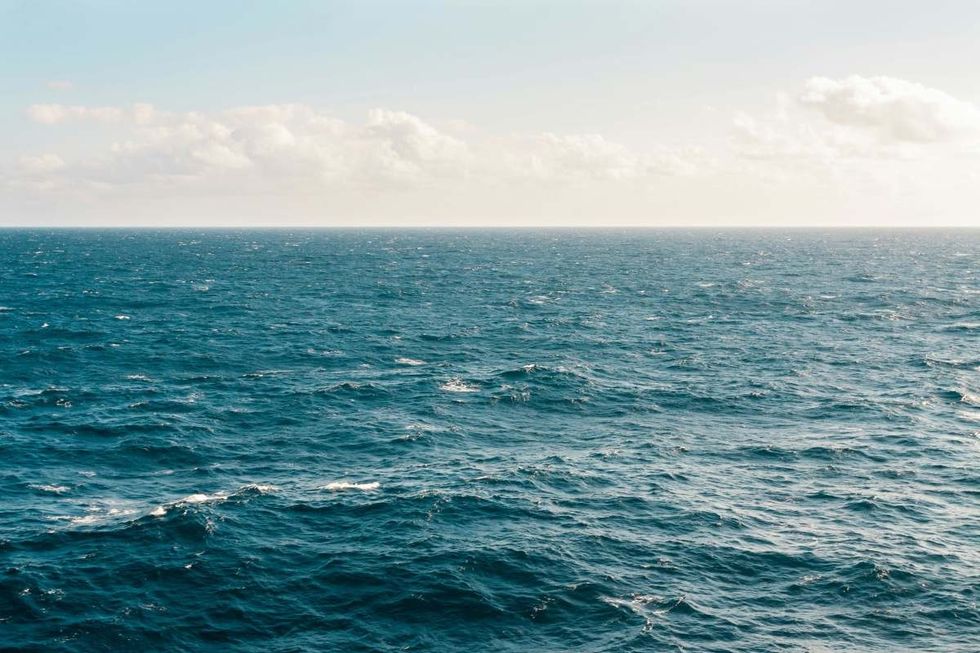 Representative Image Source: Pexels | Kellie Churchman
Representative Image Source: Pexels | Kellie Churchman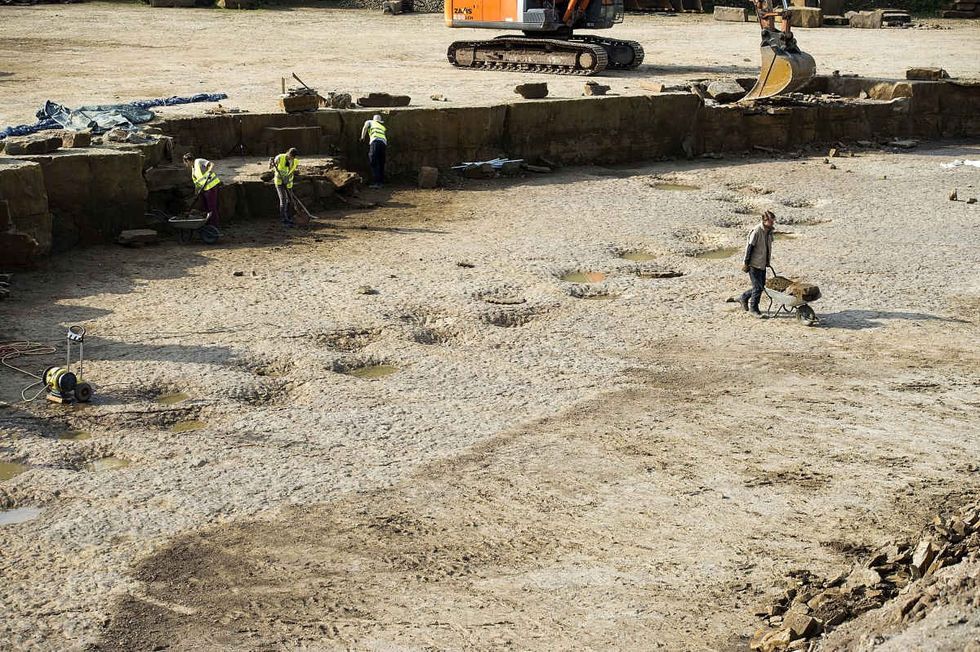 Representative Image Source: Footprints of a long-neck dinosaur (Diplodocus), found in a quarry in Germany. (Photo by Alexander Koerner/Getty Images)
Representative Image Source: Footprints of a long-neck dinosaur (Diplodocus), found in a quarry in Germany. (Photo by Alexander Koerner/Getty Images)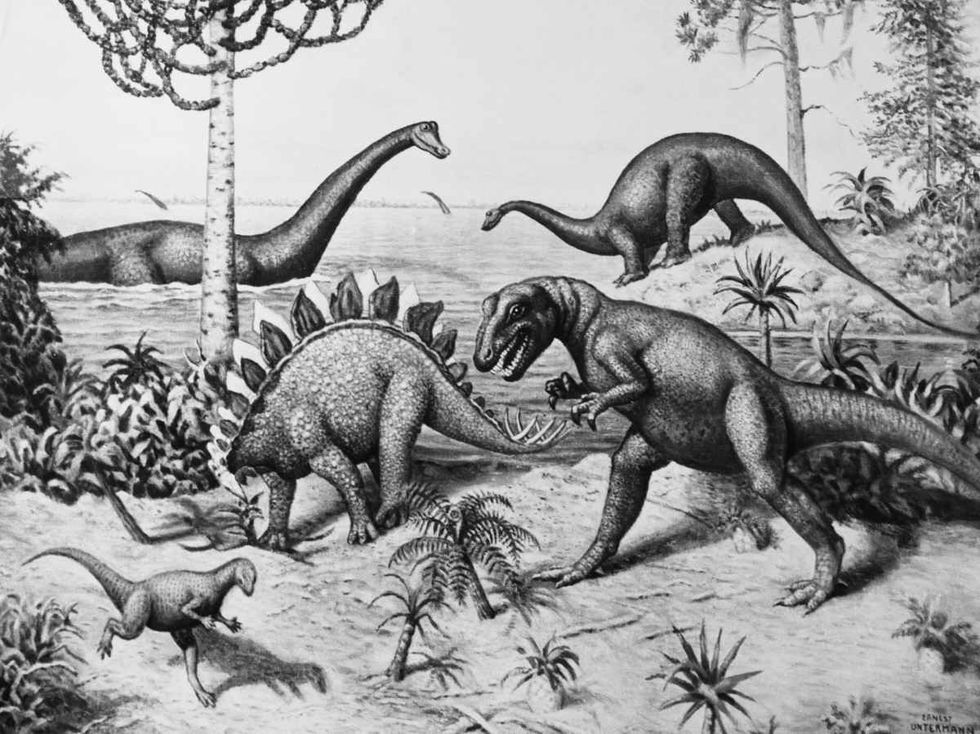 Representative Image Source: Painting from a series by Ernest Untermann in the museum at Dinosaur National Monument, Utah.
Representative Image Source: Painting from a series by Ernest Untermann in the museum at Dinosaur National Monument, Utah.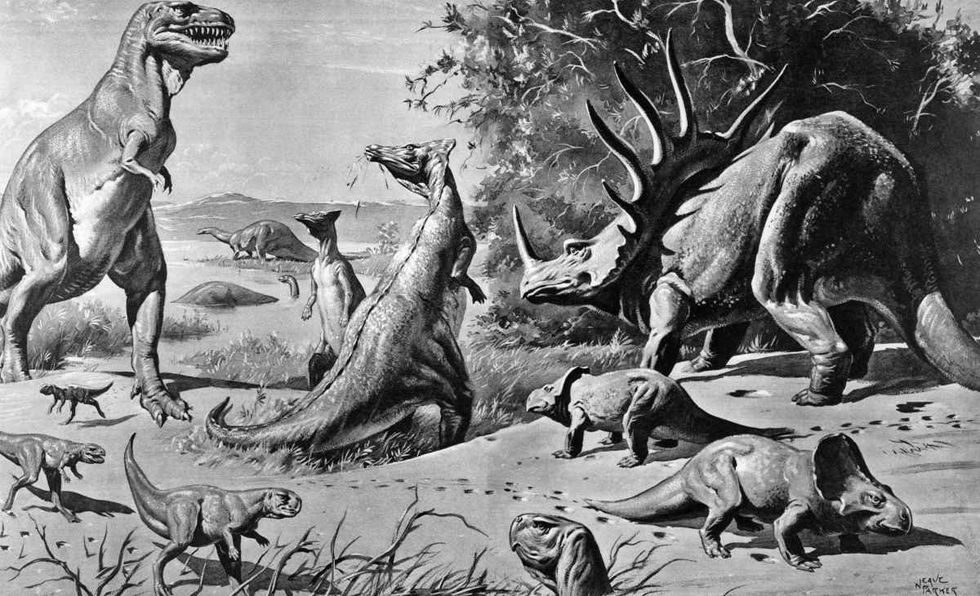 Representative Image Source: VARIOUS DINOSAURS IN GOBI DESERT. (Photo by H. Armstrong Roberts/ClassicStock/Getty Images)
Representative Image Source: VARIOUS DINOSAURS IN GOBI DESERT. (Photo by H. Armstrong Roberts/ClassicStock/Getty Images)